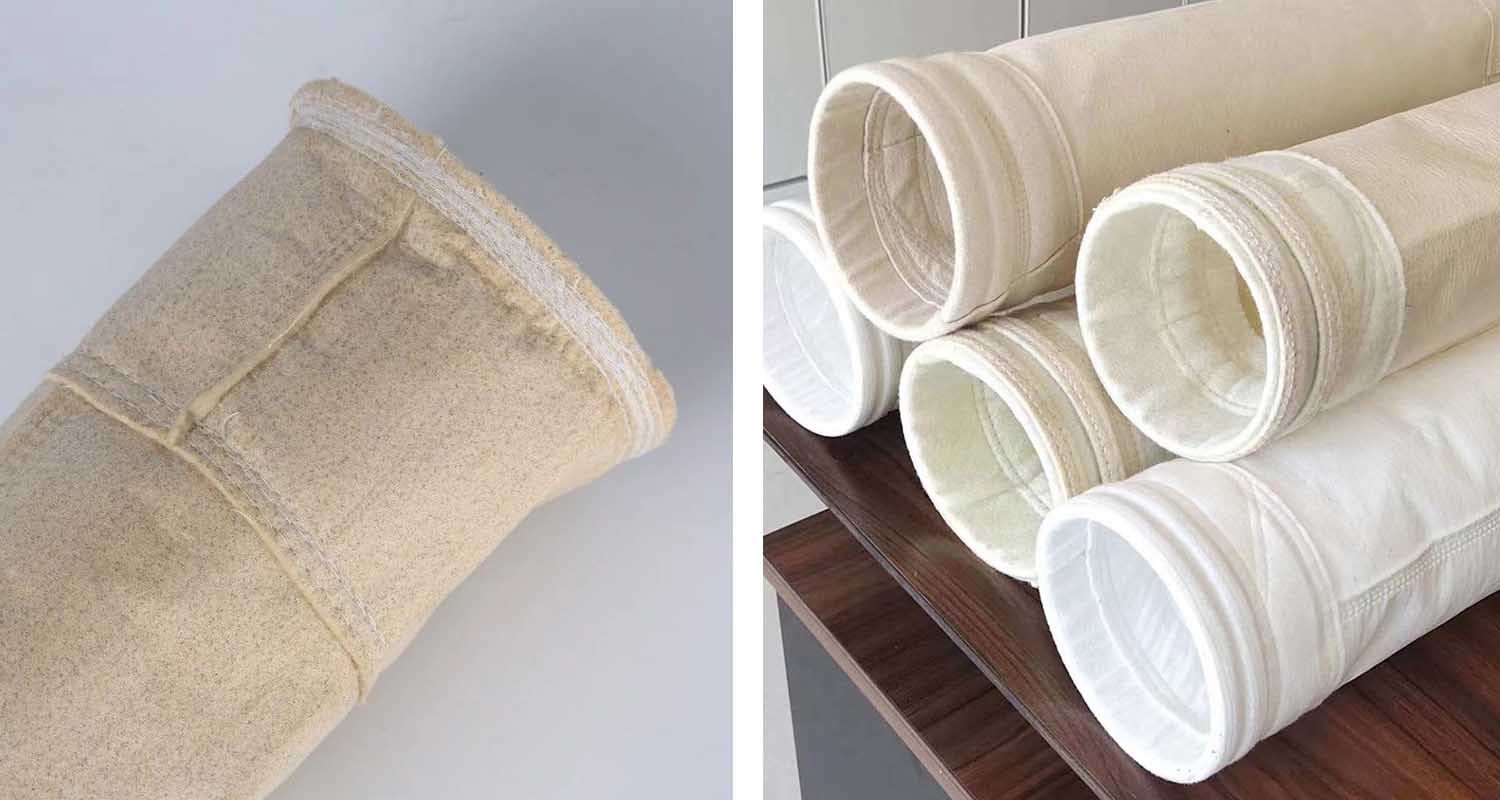Introduction: Why Proper Bag Maintenance Matters
Industrial dust collector bags are critical components for:
✔ Maintaining air quality compliance
✔ Ensuring optimal filtration efficiency
✔ Reducing operational downtime
✔ Minimizing long-term maintenance costs.
This comprehensive guide covers dust collector bag lifespan factors, replacement cycles, and industry-specific material selection to maximize your dust collection system’s performance.
Section 1: Dust Collector Bag Replacement Cycle
Standard vs. Actual Lifespan
Theoretical lifespan: 4-5 years
Real-world lifespan: Often <2 years due to harsh conditions
Premature failure cases: Some bags degrade in <6 months with improper selection
Key Factors Affecting Bag Lifespan
| Factor | Impact | Example |
|---|---|---|
| Temperature | Excessive heat degrades fibers | Polyester fails above 120°C |
| Dust Load | High concentration accelerates wear | 24/7 operations need 2x replacements |
| Chemical Exposure | Acids/alkalis destroy material integrity | Coal plants require PPS filter bags |
| Mechanical Stress | Pulse-jet cleaning wears bags prematurely | Aramid fibers resist abrasion |

Section 2: Top 5 Reasons for Frequent Bag Replacement
Incorrect Material Selection
Poor Bag Quality
Cheap needle felts tear under high-pressure cleaning
Solution: Invest in PTFE-coated glass fiber for durability
Continuous Operations
24/7 plants replace bags 2-3x faster than 8-hour facilities
Abrasive Dust Particles
Steel mill dust requires ultra-wear-resistant materials like P84
Humidity & Condensation
- Wet gases clog bags – hydrophobic PTFE prevents moisture damage
Section 3: Industry-Specific Filter Bag Recommendations
1. Steel Plants (Blast Furnace Gas)
Challenges: Fine particulate, adhesive dust, >200°C
Best Materials:
✓ Aramid (Nomex) – Heat resistance
✓ PTFE Membrane – Non-stick surface
2. Cement Plants (Kiln Tail Dust)
Challenges: 350°C gases, high humidity
Best Materials:
✓ PTFE-coated glass fiber – Moisture resistance
✓ P84 Needle Felt – Handles alkaline dust
3. Coal Power Plants (Boiler Flue Gas)
Challenges: SO₂/NOx corrosion, 180-220°C
Best Materials:
✓ PPS (Ryton) – Acid resistance
✓ P84 Hybrid – Oxidation protection
4. Chemical Plants (Carbon Black)
Challenges: Sub-micron particles, corrosive gases
Best Materials:
✓ PTFE Membrane – Chemical inertness
✓ Glass Fiber – High-temperature stability
5. Waste Incineration (MSW)
Challenges: HCl/SO₂ corrosion, moisture
Best Materials:
✓ PTFE Laminate – Full chemical resistance
✓ P84 + PTFE Blend – Extreme durability
Section 4: Prolonging Bag Life – Best Practices
Maintenance Tips
Monthly Inspections: Check for holes, tension loss, or clogging
Proper Cleaning: Optimize pulse pressure & frequency
Prevent Condensation: Maintain gas temperature > dew point
Replacement Indicators
⚠ Increased Pressure Drop (Clogged bags)
⚠ Visible Emissions (Failed filtration)
⚠ Frequent Cleaning Cycles (Material degradation)
Conclusion
The replacement cycle of fabric filter bags and the selection of filter materials greatly affect dust collection efficiency and equipment performance. First, understand the characteristics of different working conditions. Then, choose the right bags and materials. This approach helps you extend the lifespan of the bags and improve production efficiency. If you have any questions during the selection or replacement process, contact us. We are here to provide professional advice and support.

